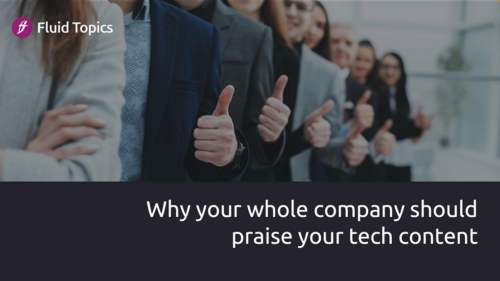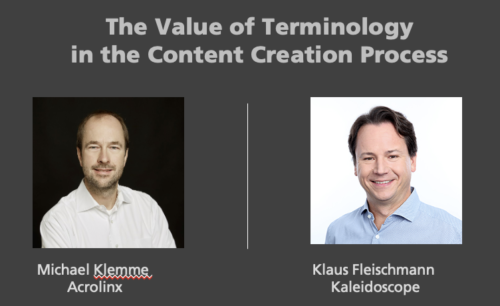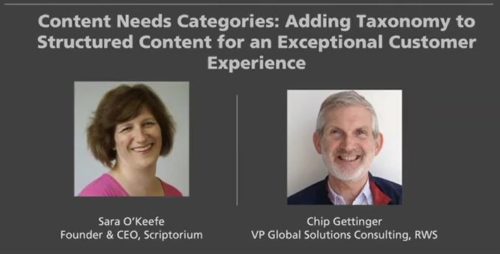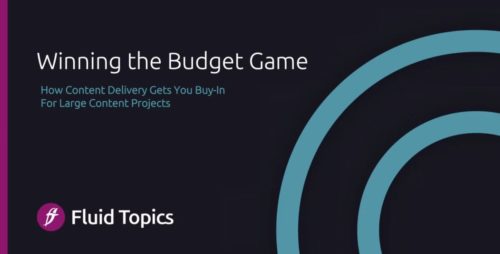 Presented by Géraldine Boulez
Your technical documentation is one of your company’s most valuable assets. The bad news is: your execs and most of the other departments in your organization don’t know about it. Even worse, some even consider tech content as an unproductive cost and try to cut it to a minimum.
Still, your documentation can achieve your company’s most critical goals in all customer-facing areas, and it’s high time your organization understood and embraced the business opportunity brought by tech doc.
In this webinar, you will learn:
Presented by Géraldine Boulez
Your technical documentation is one of your company’s most valuable assets. The bad news is: your execs and most of the other departments in your organization don’t know about it. Even worse, some even consider tech content as an unproductive cost and try to cut it to a minimum.
Still, your documentation can achieve your company’s most critical goals in all customer-facing areas, and it’s high time your organization understood and embraced the business opportunity brought by tech doc.
In this webinar, you will learn:
- How to debunk the most common misconceptions about the business value of tech doc
- How to connect your tech content to your company’s business goals
- and how to demonstrate to your execs how your documentation can effectively generate gains in three main areas of business: Marketing, Customer Support, and Field Services.
Presented by:
Géraldine is passionate about new technologies and their ability to solve people and business problems. This is what has led her to product management, marketing and business development positions in fast-growing tech companies and innovative corporations for over twenty years. Geraldine is VP of Marketing at Fluid Topics, the leading Content Delivery Platform that reinvents how users search, read and interact with technical documentation.







